The new iPad Air's large screen is a great addition at an excellent price point, but overall the line still lacks excitement.
Apple released the new iPad Air at a special streamed media event in May, alongside new iPad Pros, a refreshed Magic Keyboard, and the Apple Pencil Pro.
We've been putting both sizes of the iPad Air through the wringer for several weeks to see how it performs as the middle-tier of Apple's now three-layer cake of iPad models.
iPad Air (2024) review - Design
The new iPad Air, like the M1 version, adopted the design ethos that the iPad Pro started in 2018. This time, though, Apple's mid-range tablet comes in two sizes, with effectively the same dimensions as the 2022 iPad Pro.
While this review focuses mainly on the 13-inch version, nearly everything outside of screen size is relevant to both models.
We're also reviewing it in Apple's "blue" colorway. We question the label, though, because in almost all lighting environments, it just looks silver.
We know, colors with lots of saturation are challenging to apply on large surfaces with uniformity and damage resistance. Still, though, we'd like that vibrant red, or an incredibly radioactive-looking yellow on this lineup.
This all said, the last-generation iPad Air was more vivid, and the old blue is still one of our favorites. Users can also choose from a just-as-muted purple alongside Starlight and Space Gray.
Both sizes measure up at .24 inches thick. This is the same as the M1 iPad Air, and about the same as the M2 iPad Pro was.
Because of this, the 13-inch version especially feels great to hold. If you liked the feel of the iPad Pro after the 2018 refresh, you'll like this.
The top is home to the sleep/wake button. It also houses the biometric Touch ID sensor for unlocking the iPad and authorizing purchases.
Flip things over to find the USB-C port it inherited lock, stock, and barrel from its predecessor. More about this in a bit, but that port is still used to connect external media at a small speed hit versus the iPad Pro, using a USB hub, connecting a large display, or plugging in wired headphones.
iPad Air (2024) review - Display
The sixth-generation iPad Air has either a 2360-by-1640 or 2732-by-2048 pixel display, depending on if you purchase the 11 or 13-inch version. Both yield a pixel density of 264 PPI, meeting Apple's threshold for Retina quality.
Even though Apple borrowed the form factor from the old M2 iPad Pro, it didn't bring the Mini LED along for the ride. The iPad Air has an LED-backlit IPS display, regardless of which size you choose.
Apple calls it a Liquid Retina display. It's just a repeat of the Retina display marketing, with "liquid" added for good measure. Presumably that's because of the rounded corners, because it never called the liquid crystal MacBook Pro a Liquid Retina display.
The new displays are brighter than before, going up to 600 nits (500 nits on the 11-inch), and support True Tone, Night Shift, and the P3 wide color gamut. In practicality, you can't see the extra brightness, unless the new and old models are side-by-side.
The display looks sharp, bright, and vivid, even if it doesn't boast the same black levels or contrast ratios as those new OLED iPad Pros. For nearly every user who wants a little more than the entry-level 10th generation iPad or replacing an older iPad, it will still look fantastic and be more than good enough.
Another thing it lacks, though that has been a bit more divisive in Internet chatter, is ProMotion. This is Apple's adaptive refresh rate technology that can dynamically ramp up the refresh rate up to 120Hz as necessary.
ProMotion is found on Apple's "pro" products such as iPad Pro, MacBook Pro, and the pro iPhones. As you may expect as it lacks "Pro" in the name, the iPad Air has a fixed 60Hz.
We've said it before but will repeat it again here — your average user does not care about refresh rate. 60Hz is fine for most.
And if you do care about it, get an iPad Pro.
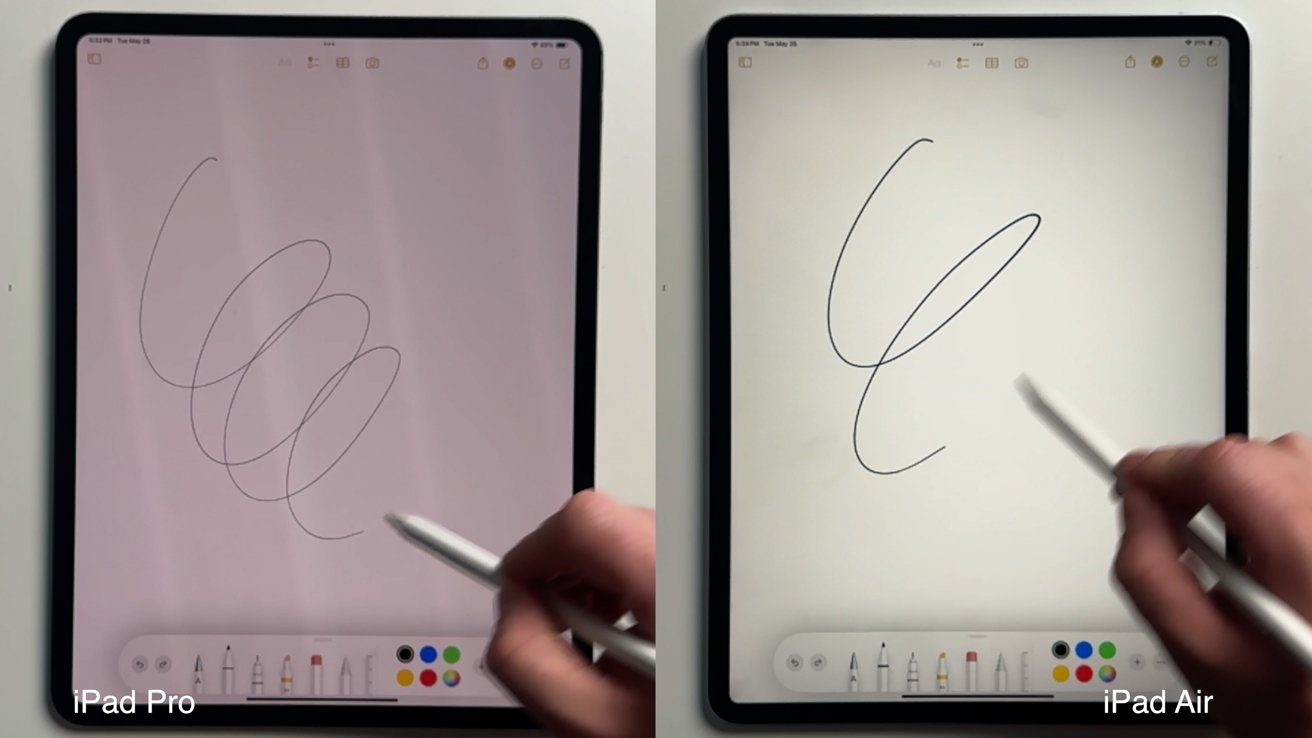 13-inch iPad Air (2024) review - Comparing the iPad Pro (left) to the iPad Air (right) when using Apple Pencil Pro
13-inch iPad Air (2024) review - Comparing the iPad Pro (left) to the iPad Air (right) when using Apple Pencil ProIt's noticeable to the trained eye when using an Apple Pencil. In some situations, you can see the image the pencil lays down lagging behind the tip.
This isn't in all apps, and it isn't in all situations. And, it's still only dramatically noticeable when you have a ProMotion iPad next to one that isn't.
This isn't a deal-breaker. If you're buying an iPad Air, you know what you're getting.
iPad Air (2024) review - Audio and video
Gracing both the top and bottom — when held in portrait — are four grilles backed by stereo speakers.
The 13-inch iPad Air does have the benefit of extra volume to those speakers, granting more bass, and we can attest it helps. The iPad Pro still sounds better, though.
This time, Apple relocated the front-facing camera, sticking it on the landscape side versus the top portrait side. The idea is more people are using their tablets horizontally, so the camera position needs to be adjusted.
We're still not sure we buy this argument given observation of actual users outside the prosumer ecosystem, but okay. Regardless, it's there now.
On the back is the same solitary 12MP shooter we've had before. It isn't particularly remarkable, but it is sufficient for the quick shot or when using it during a video call.
Photos look fine, but they did before, too. It doesn't seem that the ISP in the M2 chip did anything to help the image quality.
The same goes for that front-facing camera. It works well enough for FaceTime, but you're not taking any amazing shots with it.
iPad Air (2024) review - New accessories
With the updated iPad Air, you can use Apple's existing Magic Keyboard or your choice of Apple Pencil - Apple Pencil USB-C or Apple Pencil Pro (available on Amazon).
Apple Pencil Pro is a delight to use, and the iPad Air is the best way to get the new features on the (relative) cheap. The squeeze gesture is a game changer. The barrel roll feature steals a great deal of cachet from Wacom tablets, and we're glad it's here.
If you're on the fence between the USB-C version and the Apple Pencil Pro, we'd highly recommend the latter. The magnetic charging and automatic pairing process make it worth it — not to mention the additional features and Find My support.
Pivoting to Magic Keyboard, though, is something we find particularly irksome. The iPad Air frustratingly only supports the last-generation Magic Keyboard.
Remember at the beginning of the review when we said it was still the same dimensions as the last generation and the old iPad Pros? Accessory support is where that comes into play.
The old Magic Keyboard is what fits the new iPad Air, too.
It would be understandable on its own, but what is so annoying is the new Magic Keyboard is markedly superior yet priced the same.
That means you're paying the same price at full retail price for a notably worse product. The older Magic Keyboard is heavier, less durable, has a smaller trackpad, and lacks functions for an identical fee as the new one.
Don't get us wrong — we know the new iPad Pros are thinner and have different magnet arrangements, making compatibility difficult. The least Apple could do would be to cut that price by even $50.
That said, it's easy to find the older Magic Keyboard on steep sale, or on the second-hand market. We can't say that about the new Magic Keyboard yet.
iPad Air (2024) review - Performance
Internally, Apple made a few upgrades. It now supports Wi-Fi 6E — up from Wi-Fi 6 — and base storage begins at 128GB.
Apple not only used to start the storage at 64GB, but it capped it at 256GB. Now, users can opt for 512GB or 1TB at purchase time. For a sizable fee, of course.
The biggest change, though, is the M2 chip. It's not a wholly new chip, as a variant was found in the 2022 iPad Pros and quite a few Macs.
The M2 has an eight-core design for the CPU, split between four efficiency cores and four performance cores. Apple says it also has 8GB of memory and a 16-core Neural Engine.
Paired with this is a nine-core GPU. Apple blew the marketing at launch on this one, calling it a 10-core. That's been fixed after some drama, but it is a rare mis-step by the company.
Spinning up Geekbench 6, we got 2,644 for the single core score, up from 2,327. It also outperformed the 2022 M2 iPad Pro here.
The general rule is an above-average user needs at least a 10% performance gain to see any day-to-day difference. We got that here, but not by a lot. Year-over-year improvements were fine but not groundbreaking.
Multi-core testing sees a respectable jump from 8,758 to 9,293, but shy of the 13,684 for the M4 chip.
As we pointed out in our 2024 iPad Pro review, iPadOS holds it back more than anything.
When used for content consumption, this is less important. It still matters, but how much it matters is far more variable than somebody dropping productivity workhorse MacBook Pro money on an iPad Pro, versus MacBook Air money for an iPad Air.
iPad Air 2024 review - everyday use
We've been living with the new 13-inch M2 iPad Air for nearly a month and haven't had any situations when the tablet didn't perform admirably.
It's just a wonderful piece of tech for gaming, reading, and creating to various degrees.
We played some games on iPad Air, going between Bloons TD 6+ which can drop frames on levels greater than 150, and Call of Duty mobile when paired with an external DualSense controller.
There was nothing particularly remarkable about its gaming chops. It's better than before, of course, but not by an incredible amount. Still, it felt comfortable. Load times were minimal and everything just seemed to work.
Consuming content was fine, as it has been for a decade on iPad. We easily multitasked, watching the new episodes of Acolyte in picture-in-picture while reading the ongoings for the day in Apple News and checking in on Twitter with Slide Over.
Nothing stuttered, the animations were smooth, and the iPad Air didn't miss a beat.
On the content creation front, we cranked out video scripts and AppleInsider articles without difficulty. As you'd expect, email wasn't an issue either.
We also edited some fairly large photos in Affinity Photo we shot on our Nikon Zf. They're decent-sized images when shot in RAW.
As we manipulated the images with multitouch, zoomed in and out, added plenty of layers, and retouched with Apple Pencil Pro, we'd see the app pause momentarily to chew on what it was doing. It never did so for more than a second or two.
And, that USB-C port is still not Thunderbolt or USB4. This won't matter to most, but external drive speeds are hampered by that a bit to less than the 10 gigabits per second that the connector allows.
Again, though, if this is something you know you need, get the iPad Pro.
Overall, you can get the job done on an iPad Air. You may just need to be a hair more patient than you might need to be on an iPad Pro.
Should you buy the new M2 iPad Air?
The biggest update this time isn't some new internal feature, but rather the new size. It's great to see that new 13-inch size at a lower price than the iPad Pro.
If the screen size is the main factor in purchasing over any other factor, we highly recommend the 13-inch iPad Air to folks upgrading from older iPad Pro models still sporting an A-series chip.
With these models, it makes the iPad Air even more appealing while also staying boring. Of course, this is by design.
The iPad Air line is all about trickling-down the features Apple pioneers with the Pro line.
So much of the iPad Pro is just "nice to have" features. OLED, faster CPU, Face ID, faster USB-C port, and ProMotion are all included with that hugely steeper cost.
The iPad Air doesn't quite measure up to that modern iPad Pro standard, but can boast about not being an entry-level iPad. It's nearly as good as the last-gen Pro at a significantly lower price point.
Your typical iPad buyer isn't a yearly upgrader. Upgrade cycles are about the same as the Mac, meaning four or five years between buys for most.
The iPad Air refresh isn't for annual iPad buyers, as rare as they are. It's for new buyers, converters, or those who maybe haven't bought a tablet in several years.
It's a ladder-rung for those who need a little more than the 10th-generation iPad, but don't need the iPad Pro. And, it's the best value for a large-format iPad, since the original iPad Pro.
iPad Air (2024) review - Pros
- At least a little bit of color left in the design
- New 13-inch size that's cheaper than the pros
- M2 chip improves performance
- Upgraded to Wi-Fi 6E
- No longer starts at 64GB of storage
- Apple Pencil Pro is a great add-on
iPad Air (2024) review - Cons
- Colors need more vibrancy
- Won't work with the new Magic Keyboard
- Despite new M2 chip, largely unchanged
Rating: 4 out of 5
We have to give one score, thanks to the overlords at Google. But, broken up, we give the smaller 2024 iPad Air a 3.5 out of 5, and the larger form factor a 4.5 out of 5.
Apple's iPadOS is still a limit on iPad productivity. This is a major pain point for the iPad Pro. It's less so for the iPad Air.
All told, the iPad Air in 13-inch size delivers a more comfortable media consumption environment, with less pinching and zooming into letter-size media. It has more than enough performance to get an iPad-centric job done, and the screen real estate to do it.
And, it's the best way to get into the Apple Pencil Pro without breaking the bank. That alone may be worth it to get an Air of either size, versus the 10th generation iPad.
Where to buy Apple's M2 iPad Air
The M2 iPad Air is on sale now, with Apple resellers discounting every model in our 11-inch iPad Air 6 Price Guide and 13-inch iPad Air 6 Price Tracker. The guides make it easy to compare prices across popular Apple resellers and even set up notifications for when new price drops launch.
At press time, Apple Authorized Reseller Adorama is discounting the new products by up to $50 in addition to bonus savings on AppleCare. Just use promo code APINSIDER during Step 4 of checkout to unlock the savings.
There are also iPad deals in effect on the 2024 release at Amazon and Best Buy.
 Andrew O'Hara
Andrew O'Hara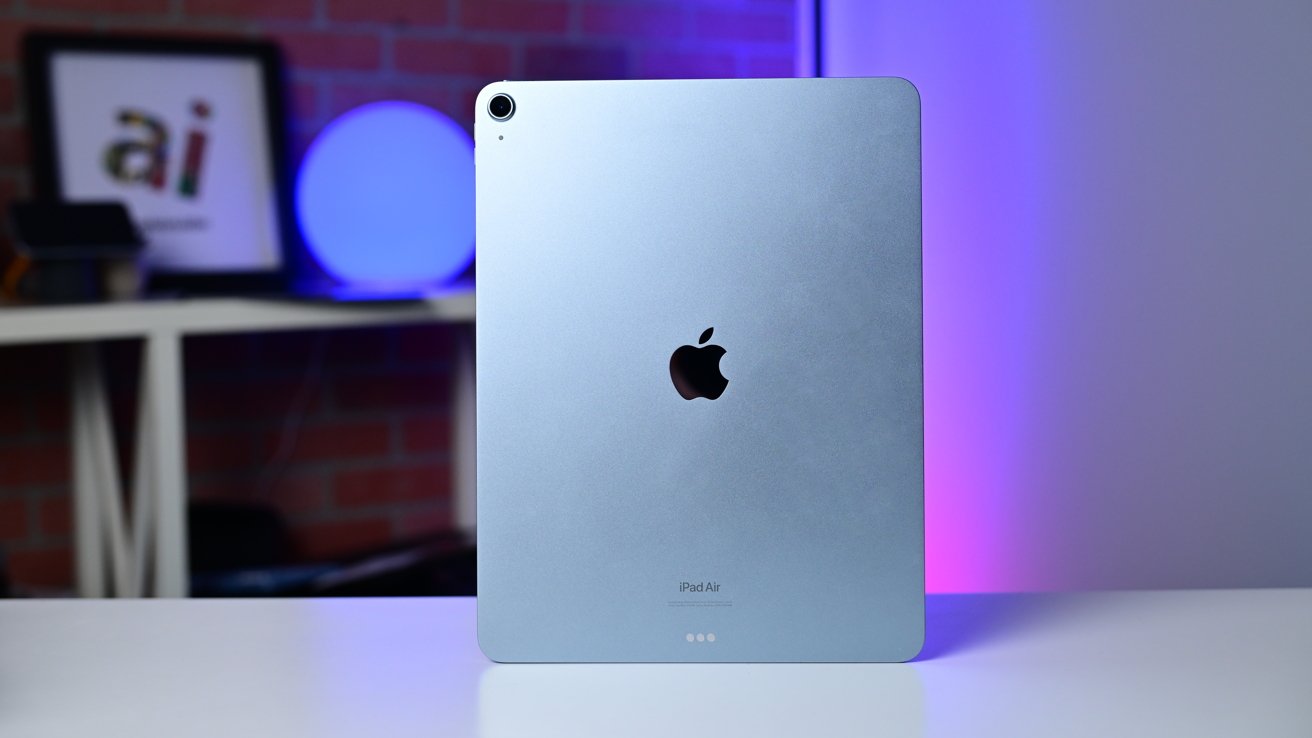
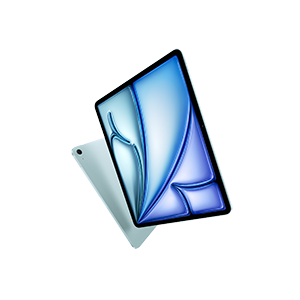


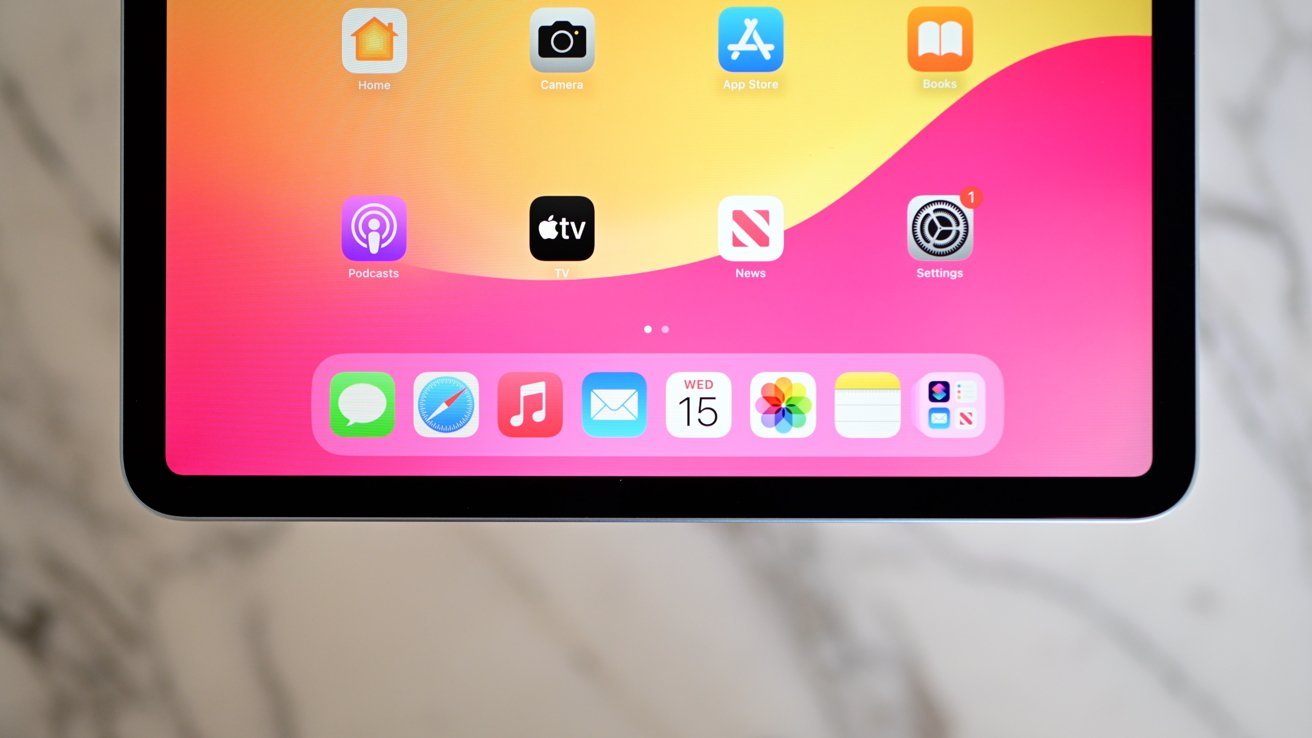
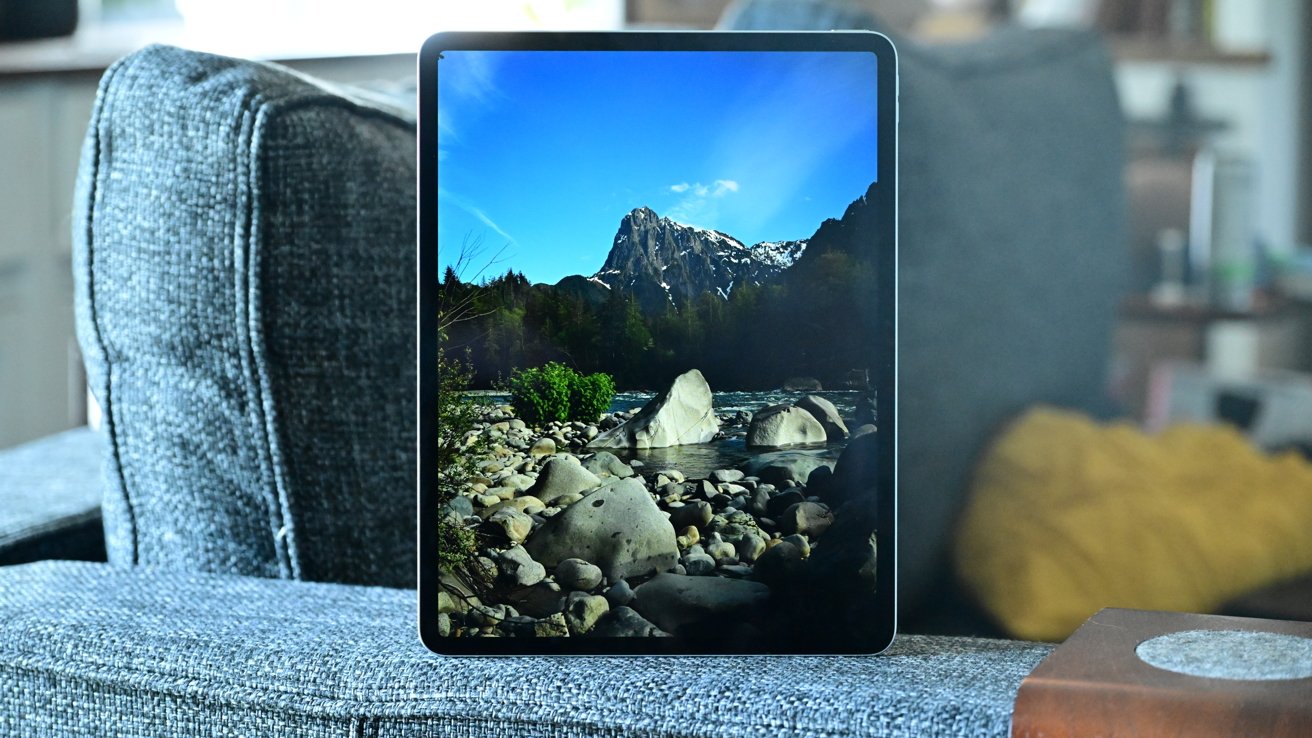
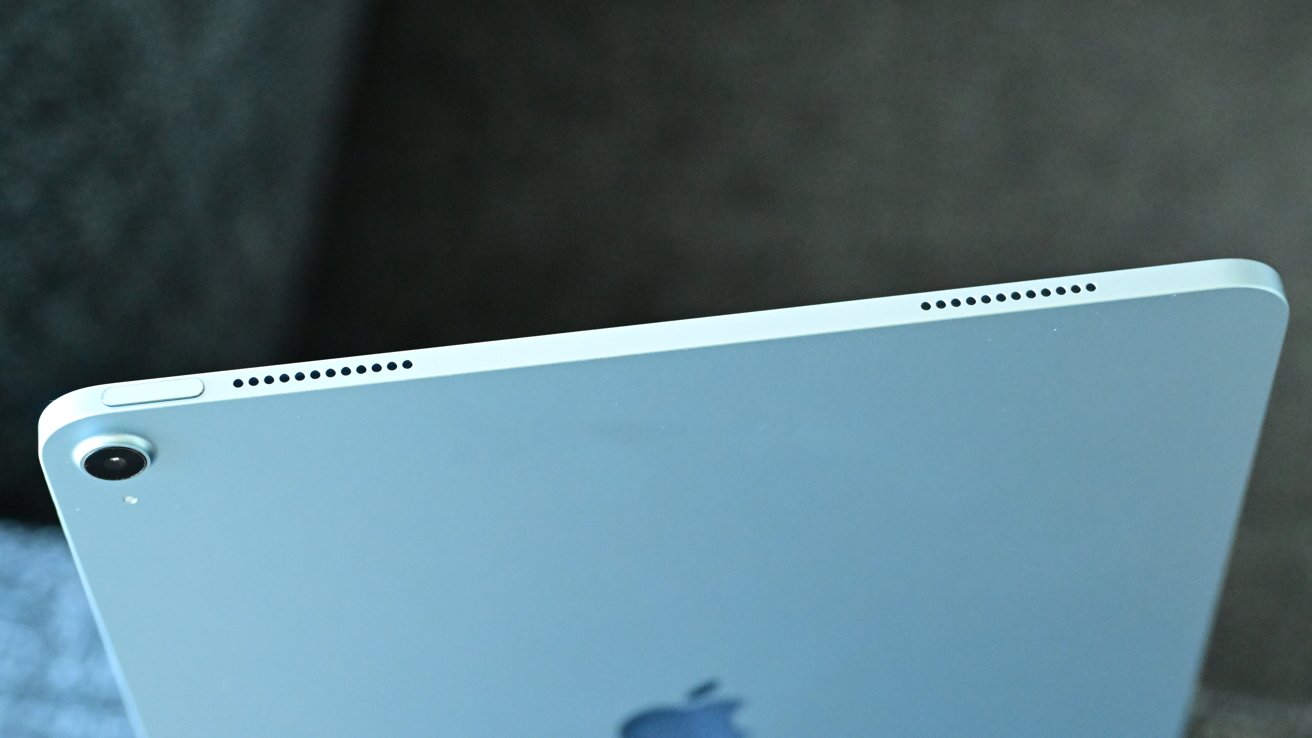
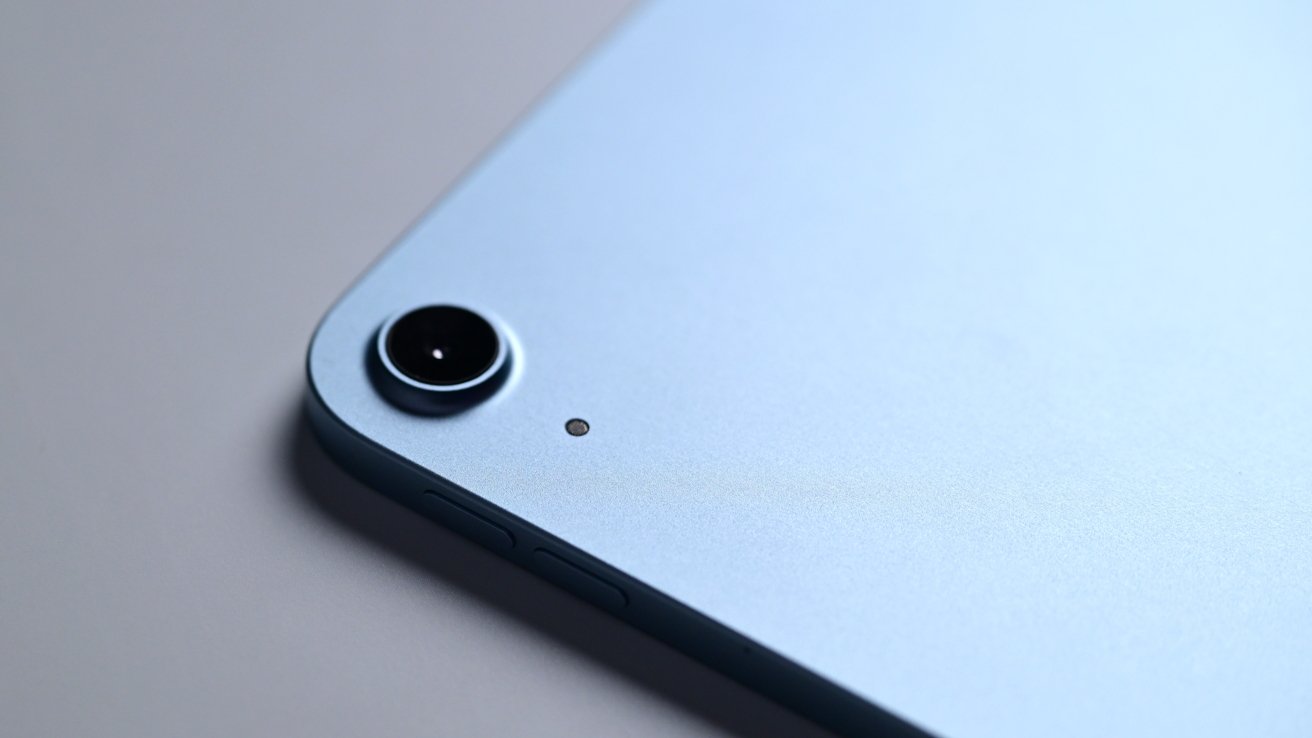
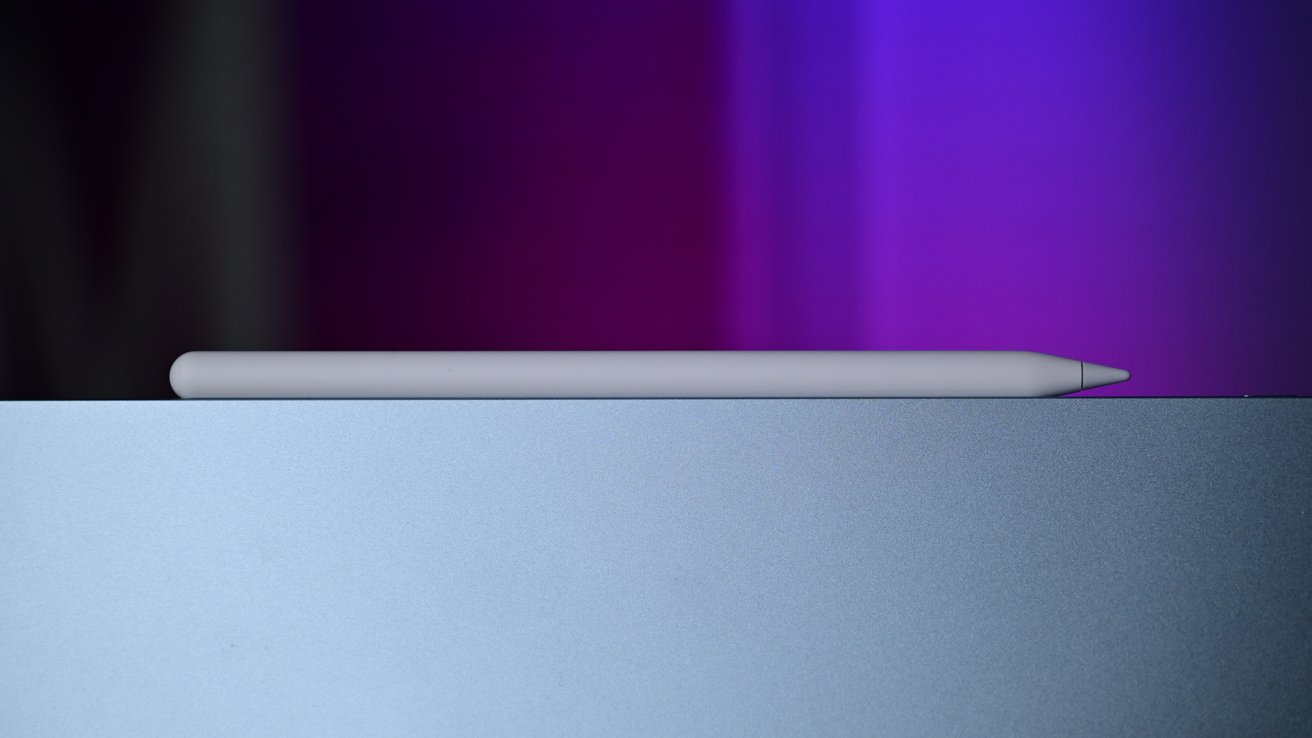
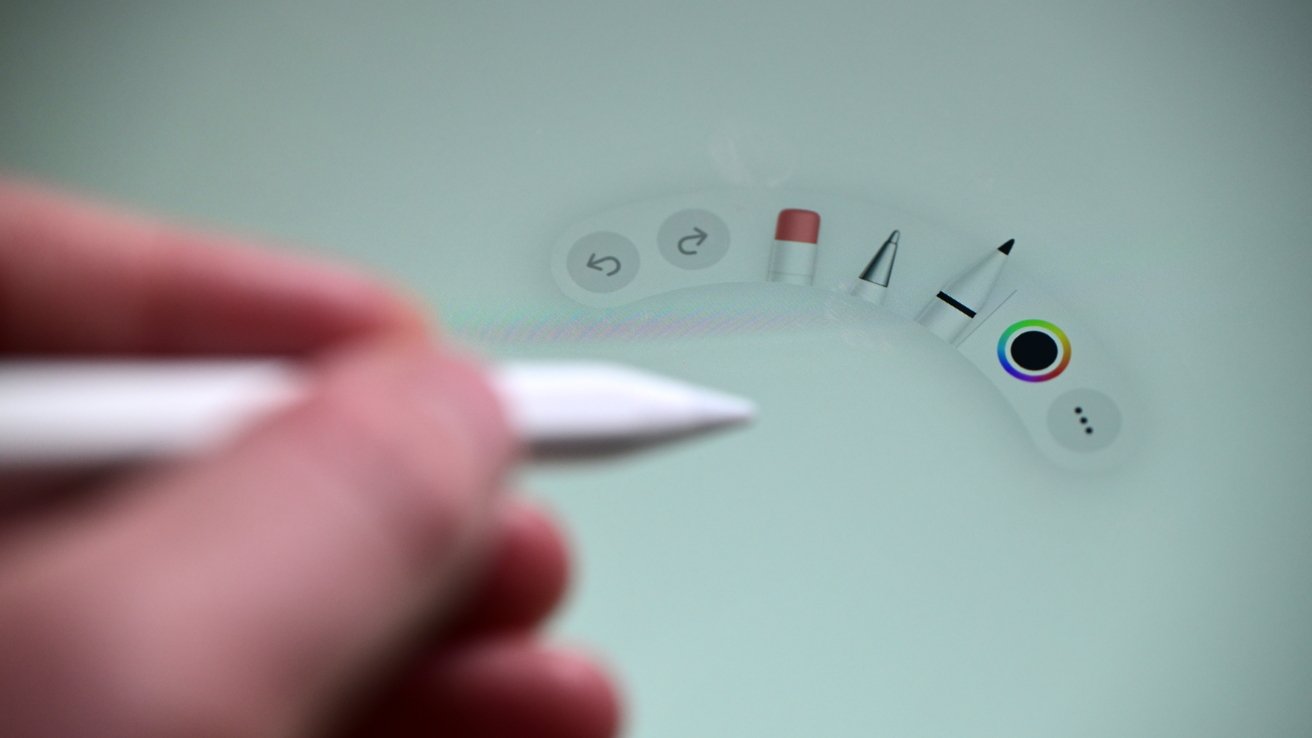
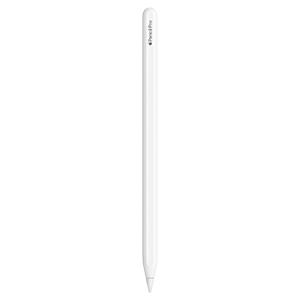
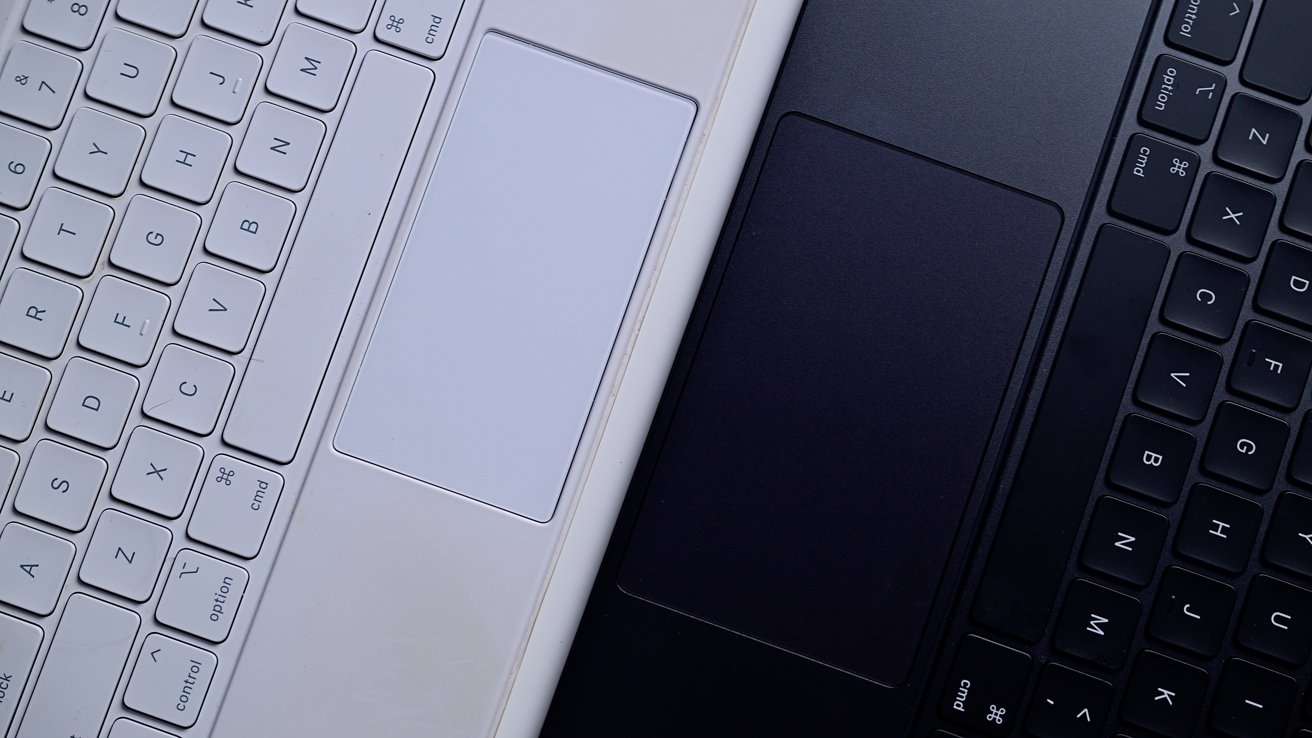


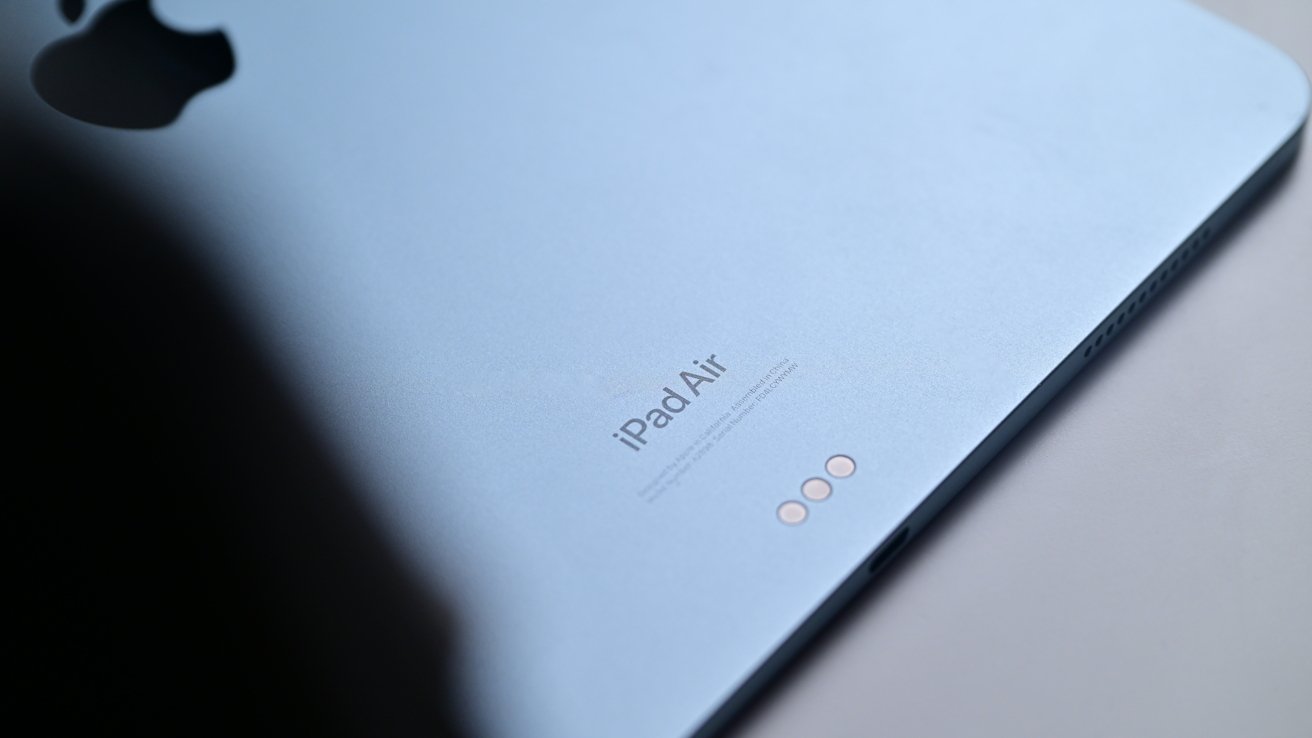









-m.jpg)






 Marko Zivkovic
Marko Zivkovic
 Christine McKee
Christine McKee
 Andrew Orr
Andrew Orr

 William Gallagher
William Gallagher

 Mike Wuerthele
Mike Wuerthele
 Bon Adamson
Bon Adamson
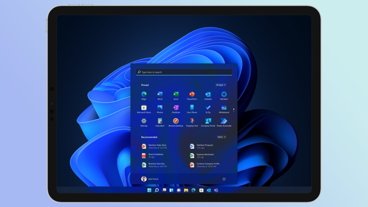
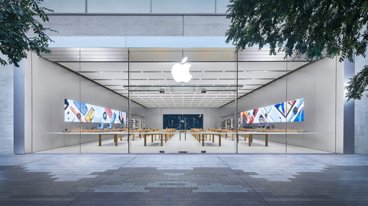


-m.jpg)



9 Comments
Don't forget, "Still unable to toast bread" too.